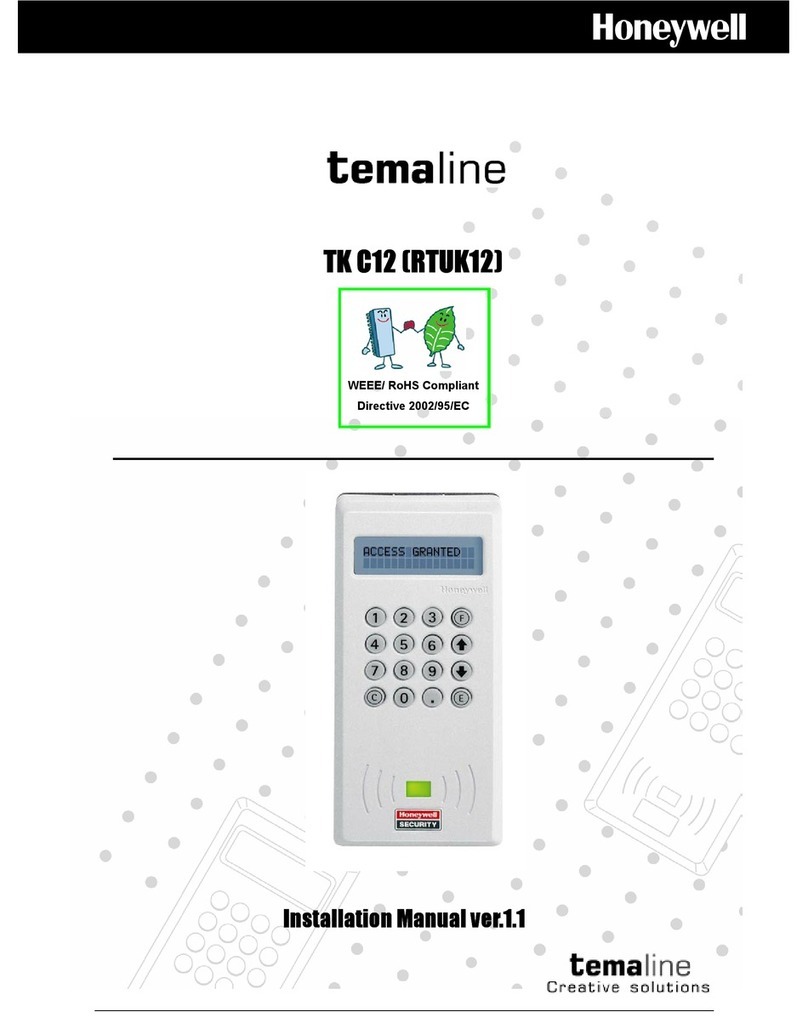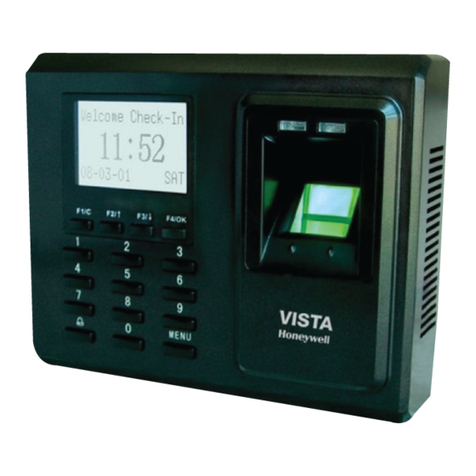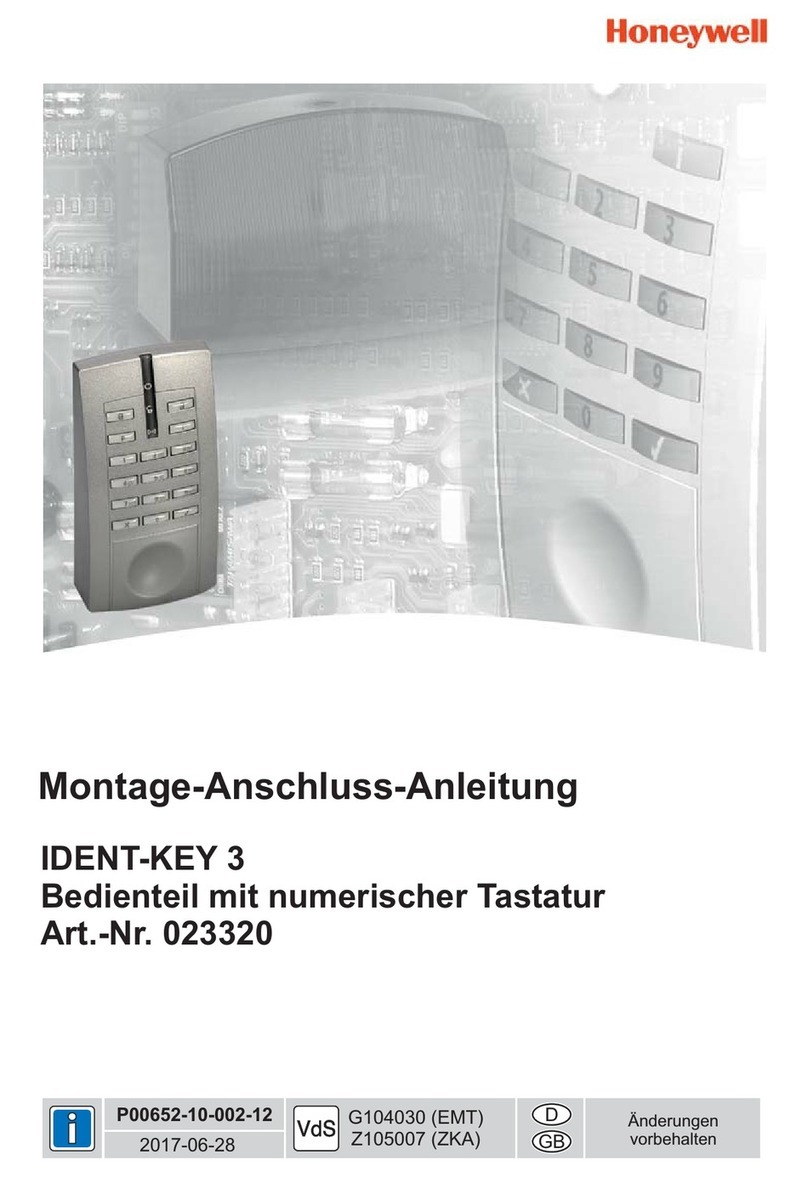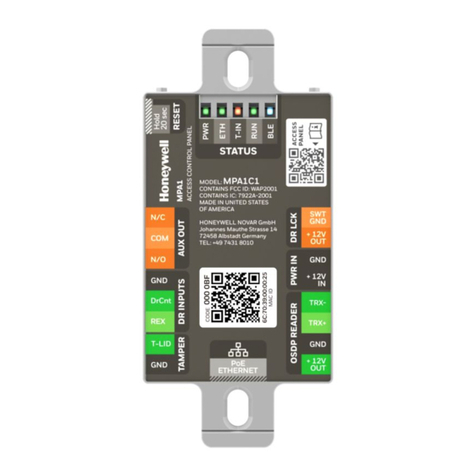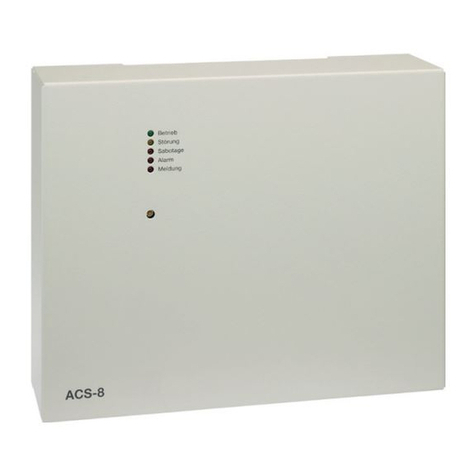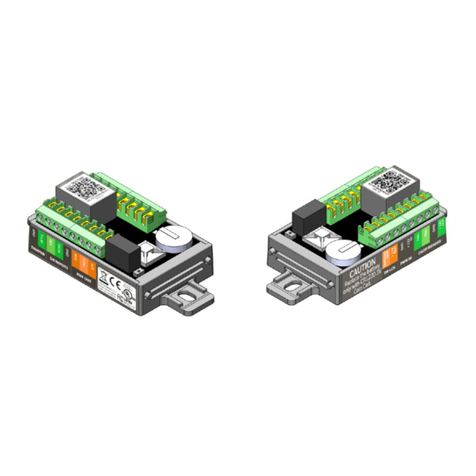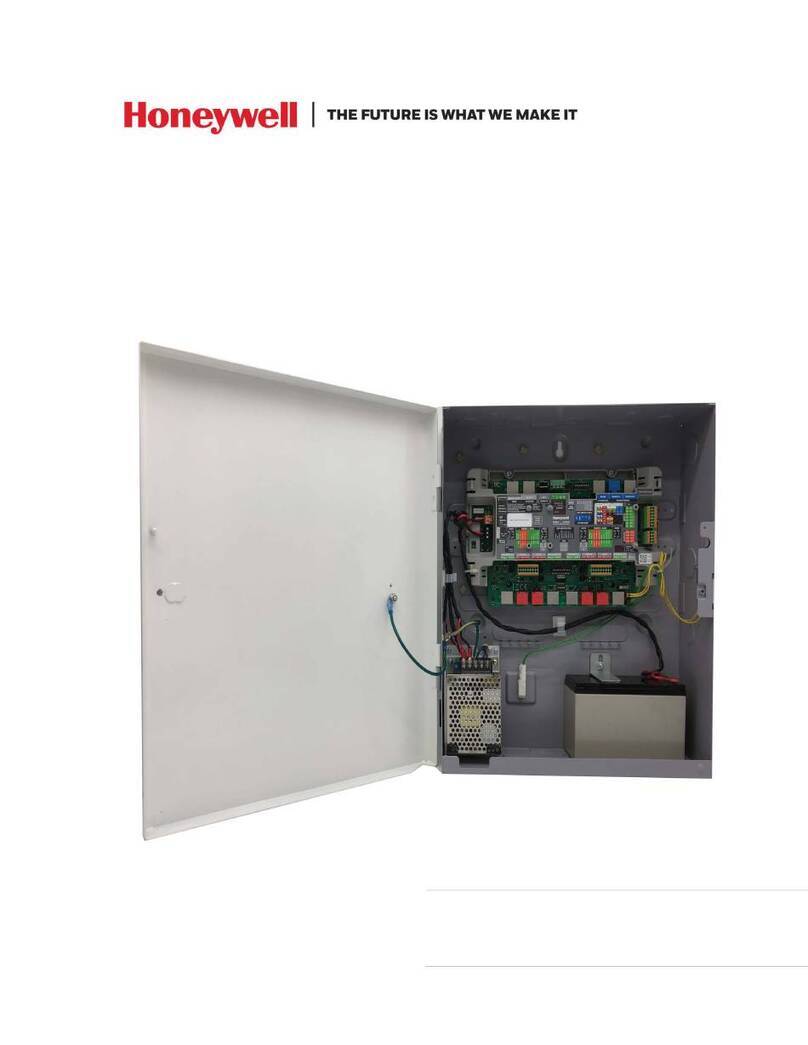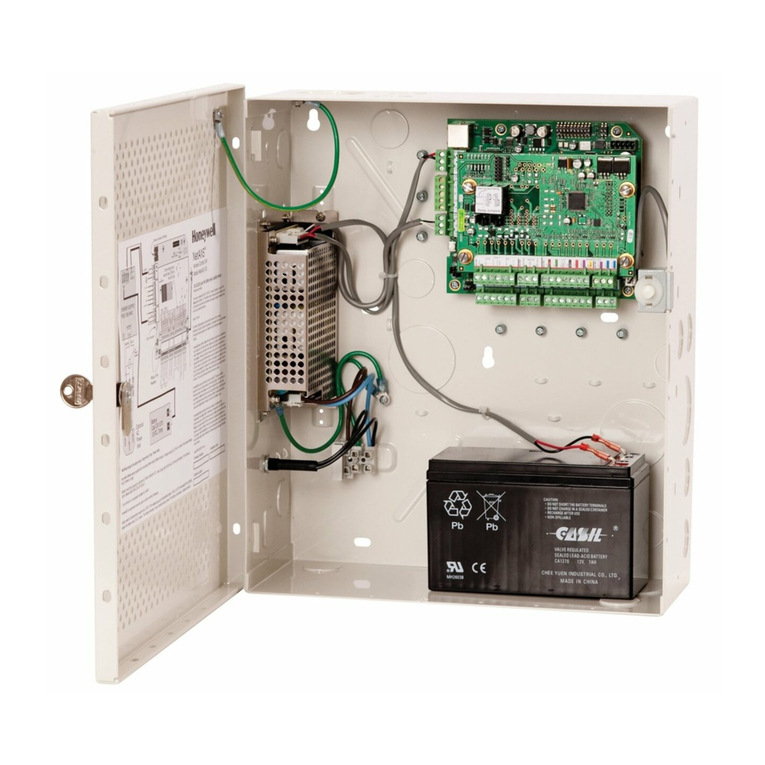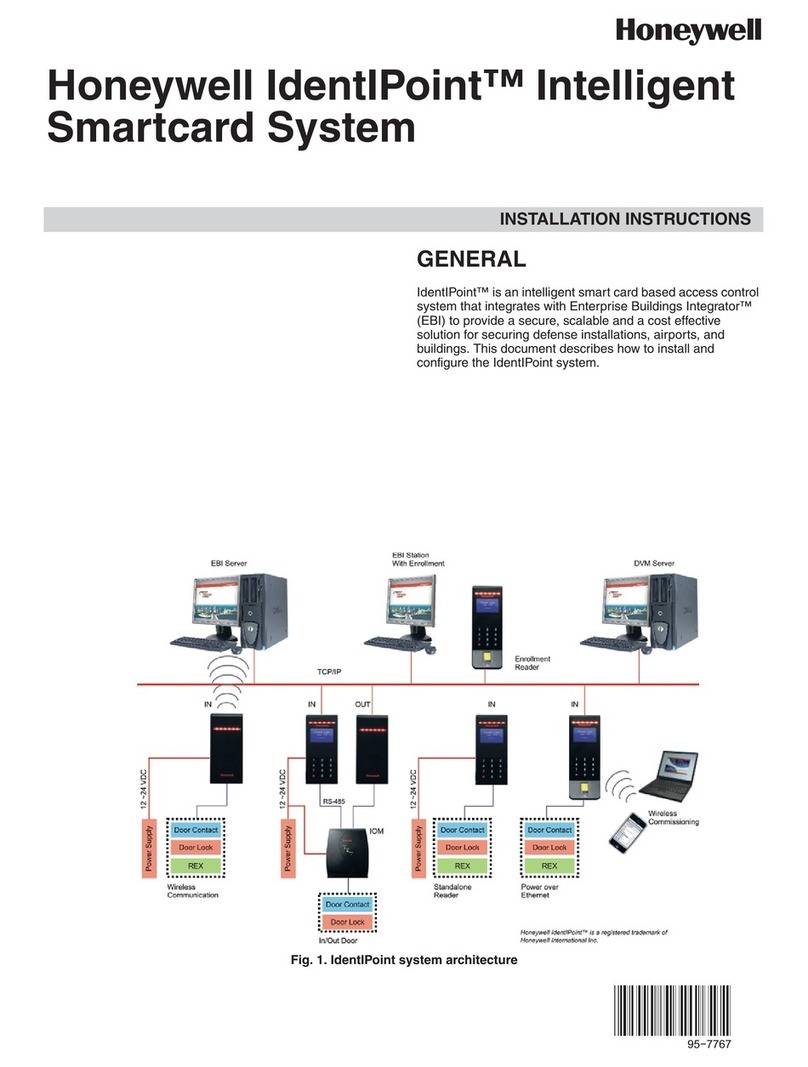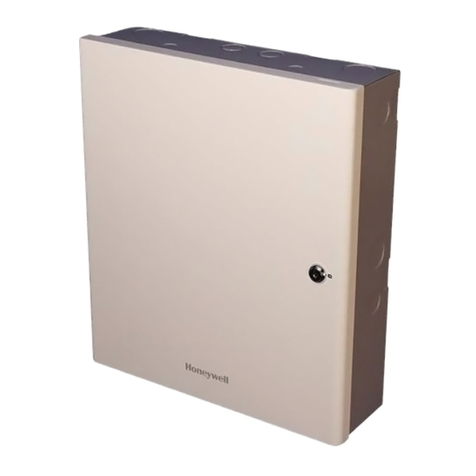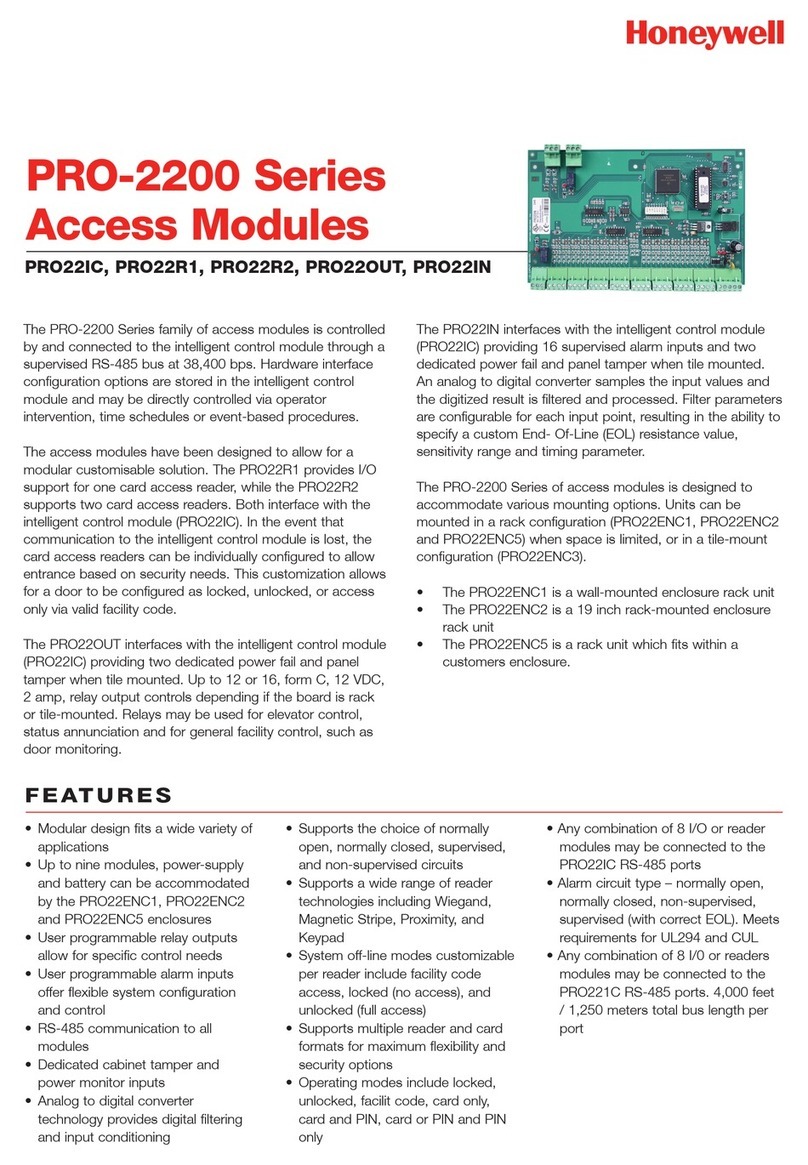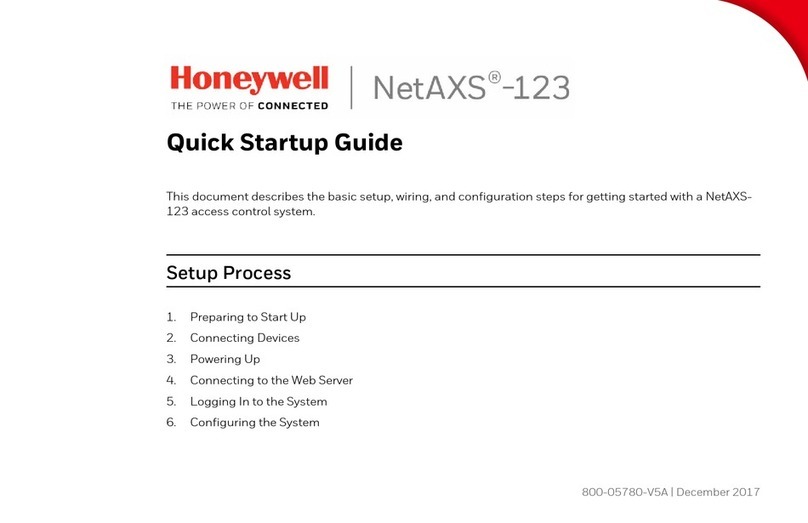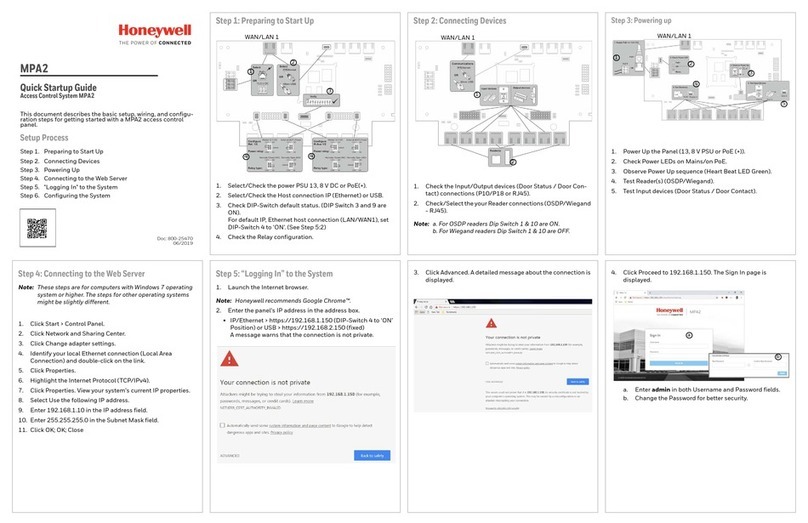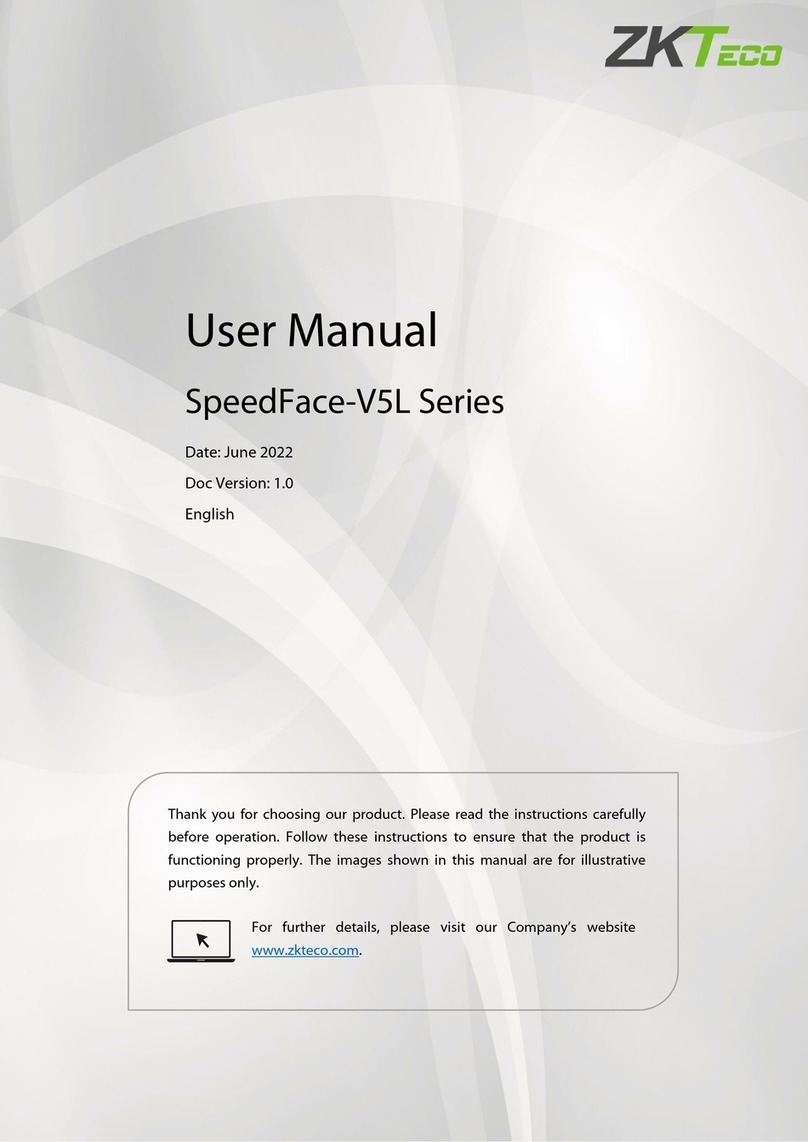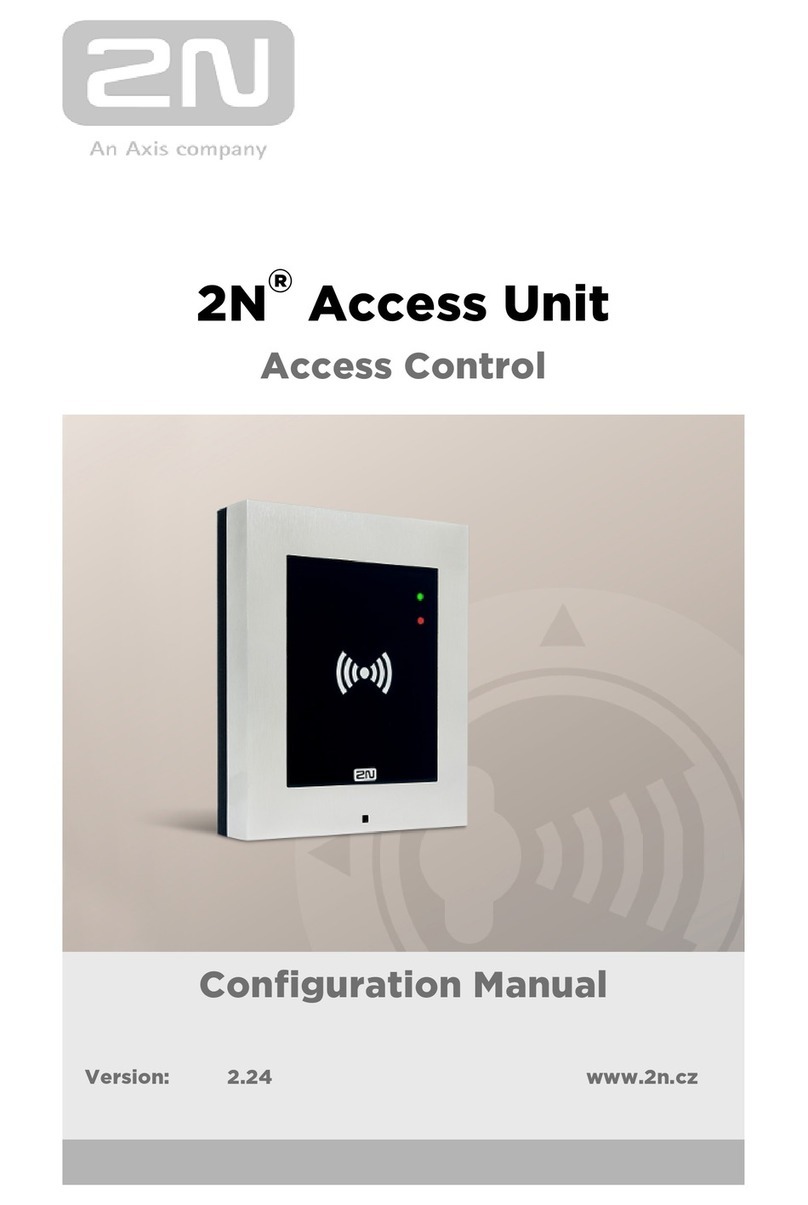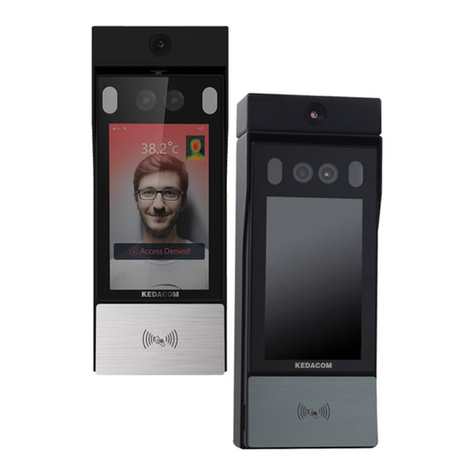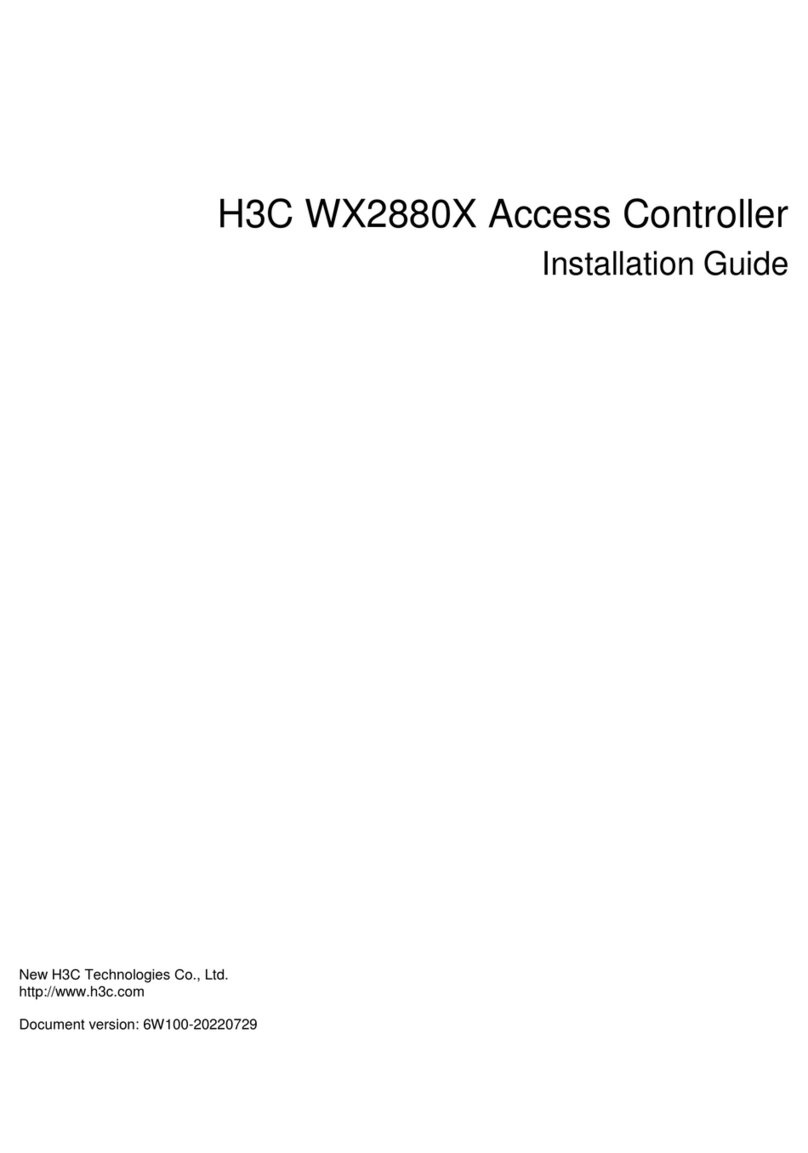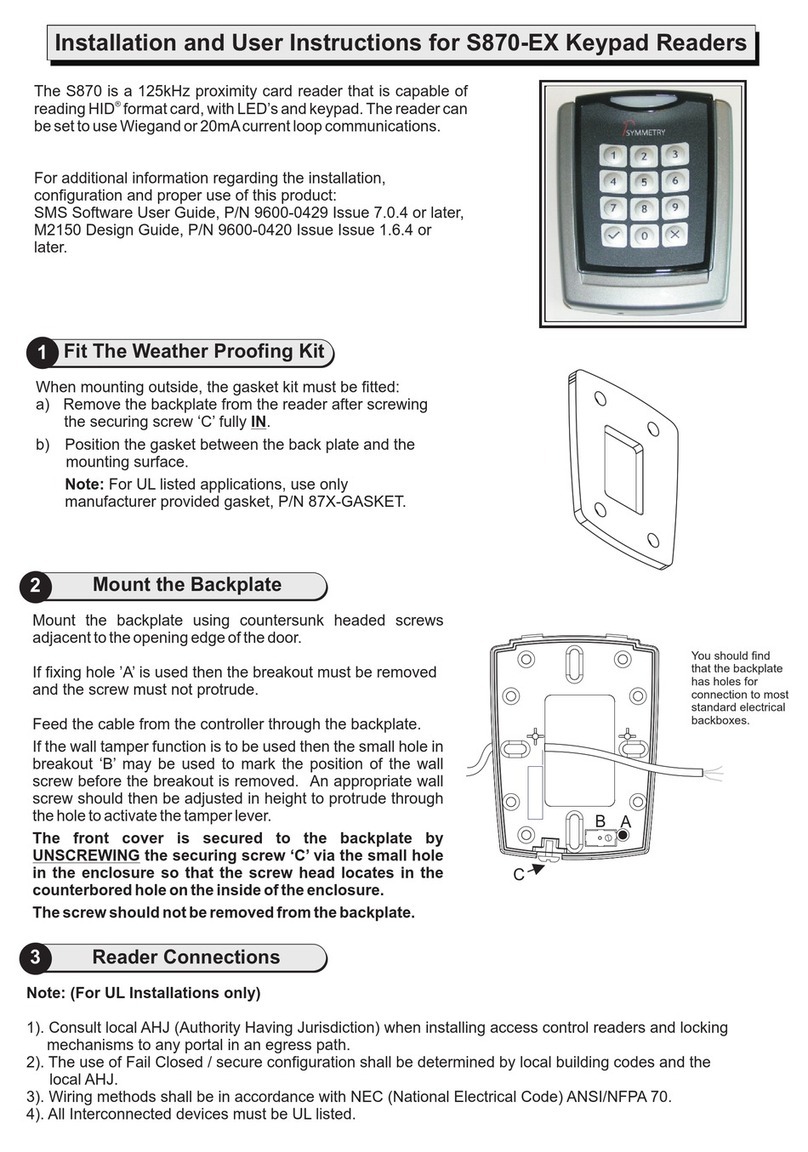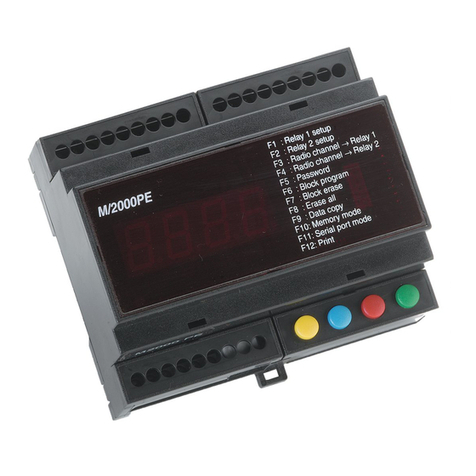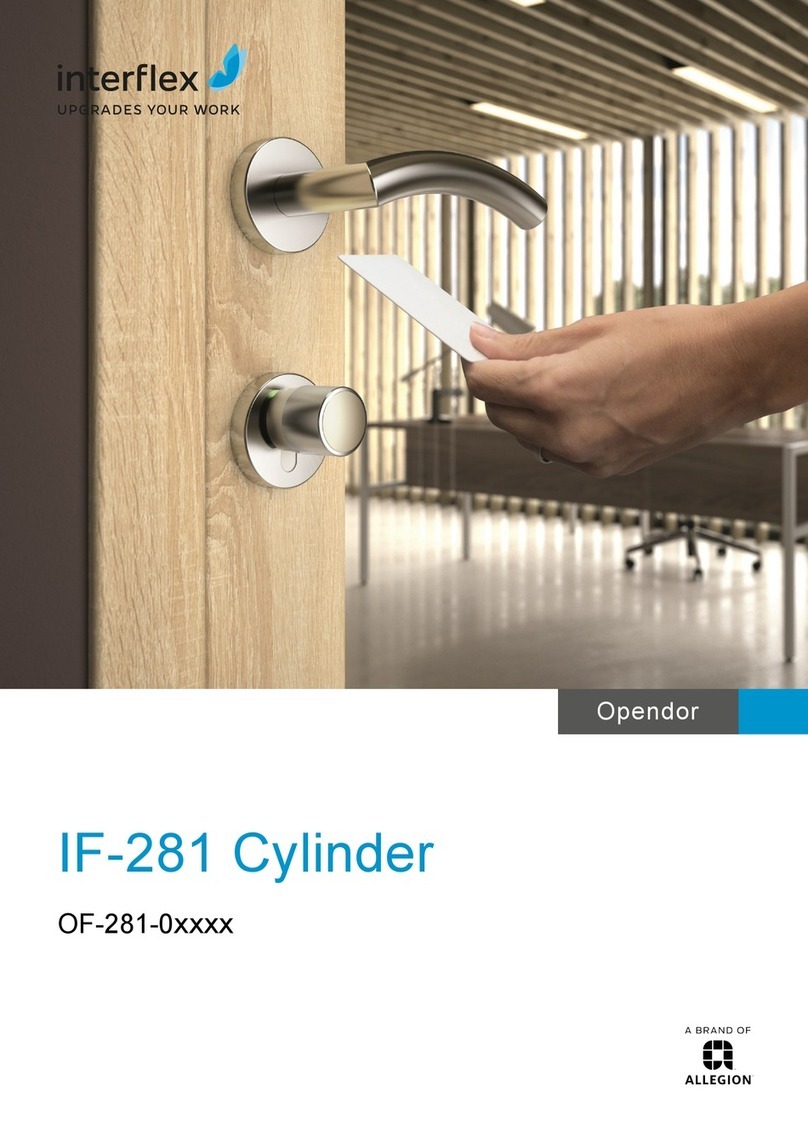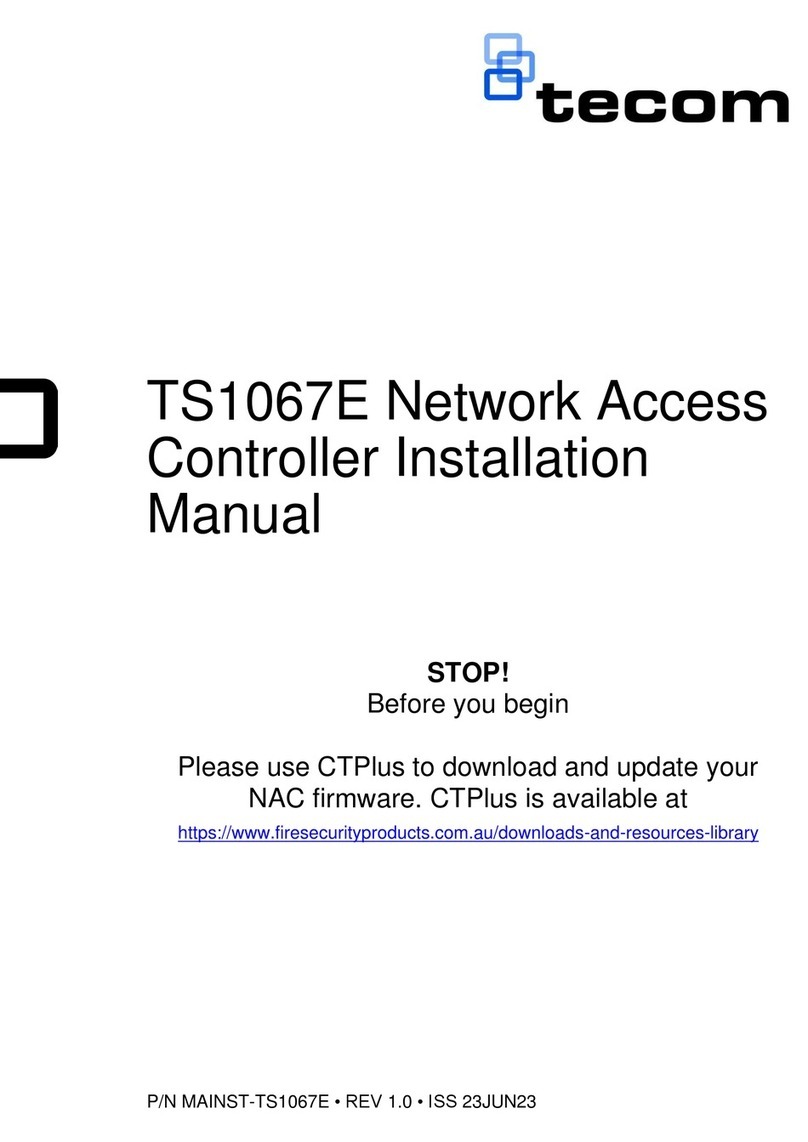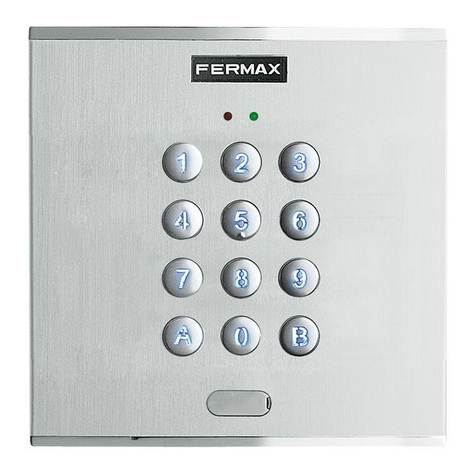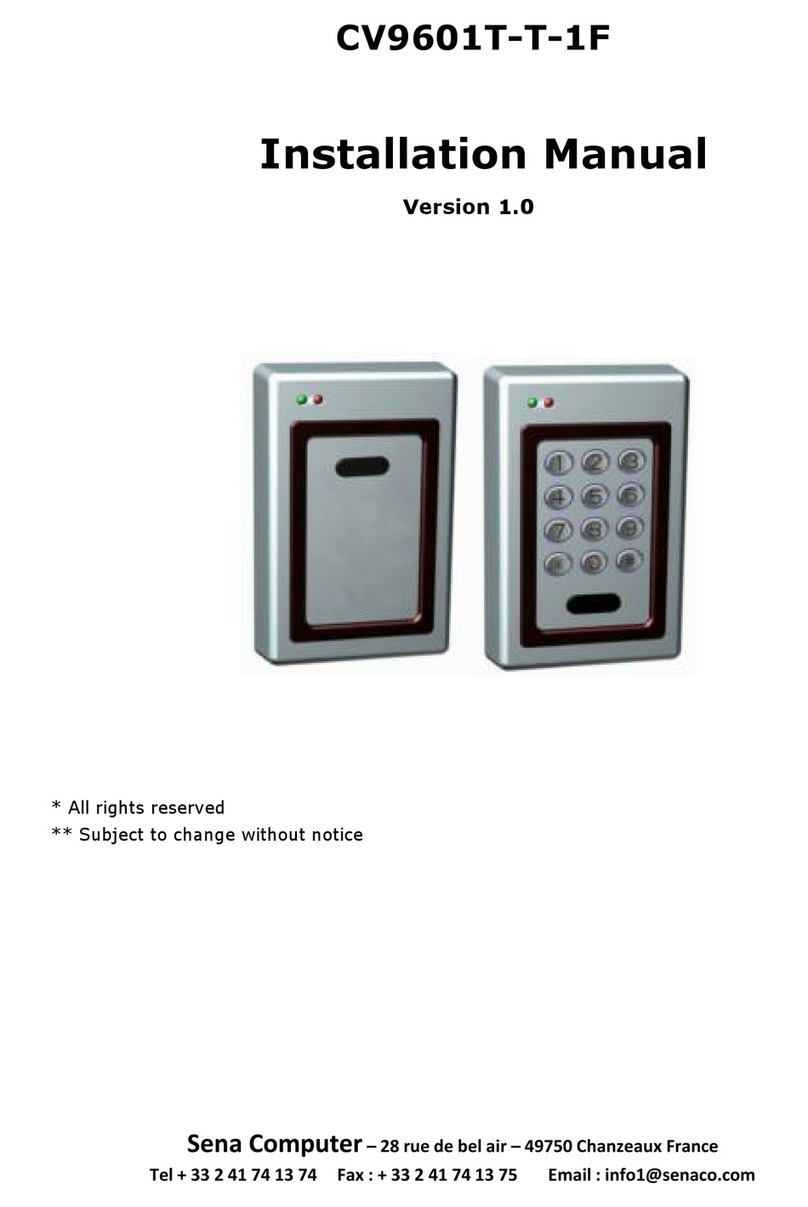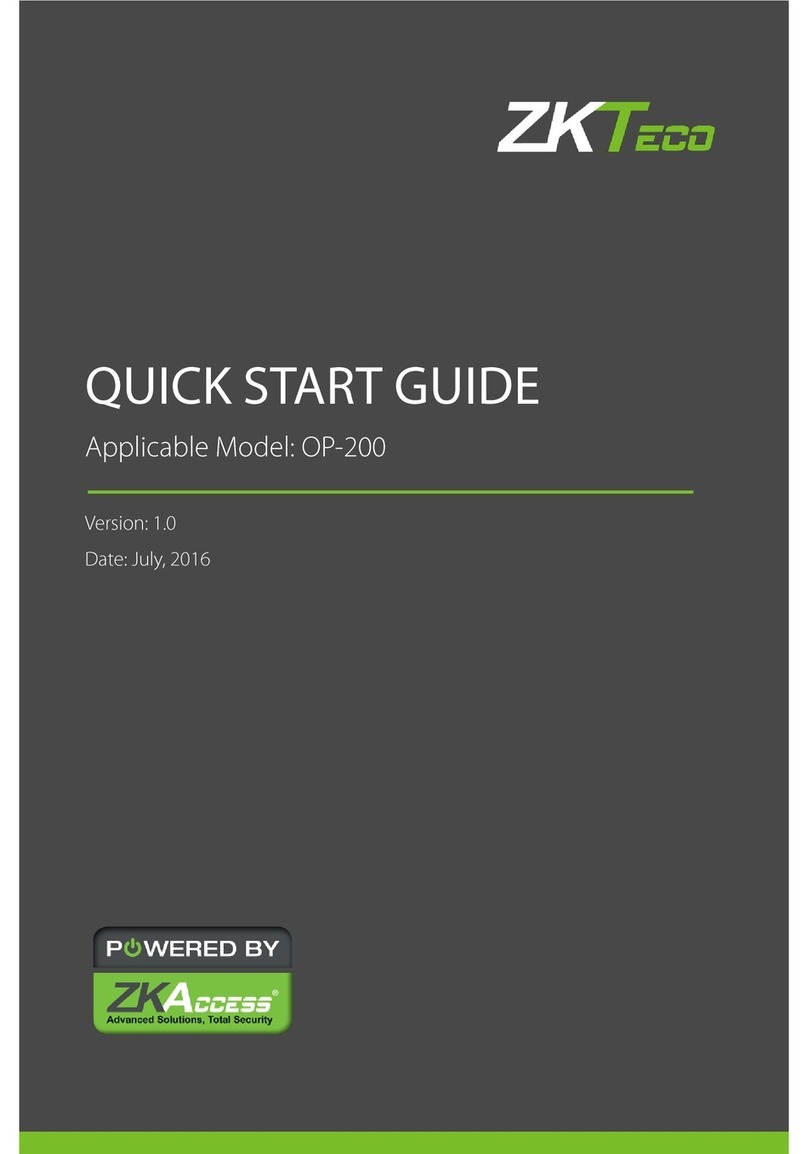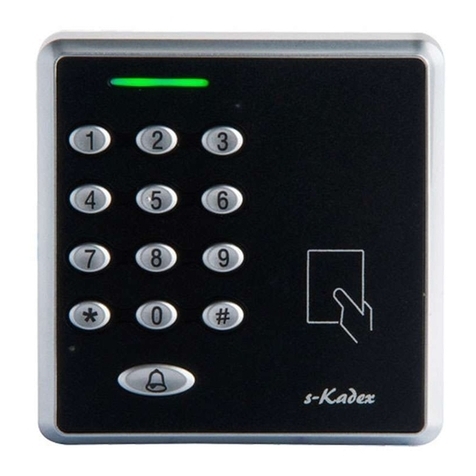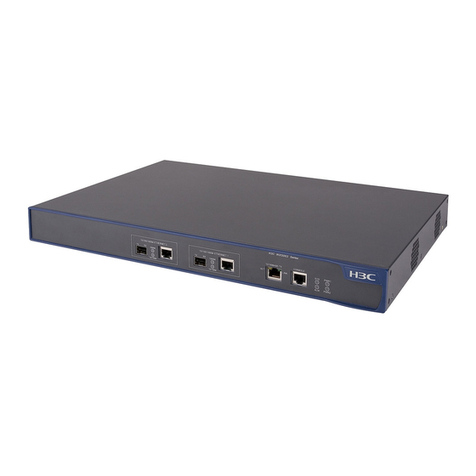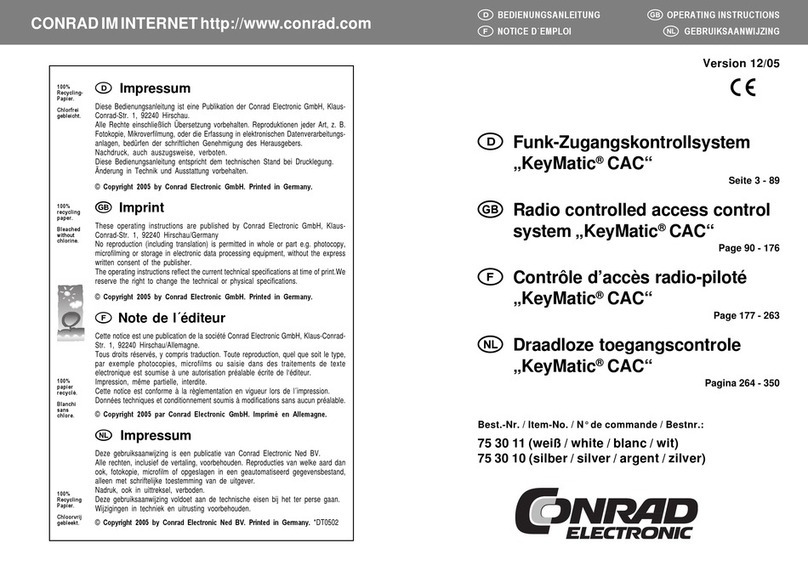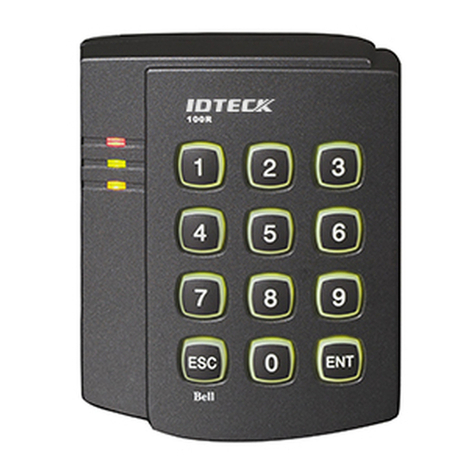
2 Installation Instructions / OmniAssure Touch Mullion
Subject to change without notice.
1 Scope of delivery
1 Installation instructions
1 Reader front
1 Mounting backplate
3 Wall anchors (5 x 25 mm or #8 x 1”)
3 Screws (panhead, 3 x 30 mm or #4 x 1¼”)
2 Enclosure screws (metric, M2 x 5 mm panhead)
2 Enclosure screw caps
2 General
The OmniAssure Touch Mullion Reader was tested at the panels:
– NetAXS 123 V6 (Wiegand)
– ProWatch 6k (Wiegand)
– Pro32 (Wiegand)
– Mercury EP1502 (OSDP)
Mobile credentials:
– proX (EM4102)
– MIFARE classic
– MIFARE DESFire EV1/EV2
– OmniAssure OES
– QKey
– HID
– ISO-SNR Quadrakey
– Bluetooth Low Energy
Physical interfaces:
– Wiegand
– RS-485 (OSDP 2.1.7.)
The Reader Utility Application is used to configure:
– credential bit formats and length
3 Installation
All dimensions in drawings are in inch and (mm).
NOTE
All wiring shall be in accordance with applicable codes
and regulations. Observe applicable building codes and
safety regulations in determining the reader position.
UL 294: Installation must be done in accordance with
National Electrical Code, ANSI/NFPA 70.
General terms
– The mounting backplate can be used as a drilling template where
necessary.
– When positioning the reader base, ensure that the backplate tamper
mechanic can be securely screwed in; otherwise the tamper detection
is reduced to opening monitoring.
– Secure the reader base without exerting excessive force.
– Use the mounting material included in the accessories. If you need
more materials, ensure that these have the same diameter.
–The power supply of the reader must be switched off while the
reader is connected. Risk of damage!
3.1 Important notes on mounting
– Pay attention to the minimum distances (see "III", page 1).
Mounting readers in close proximity of each other will reduce perfor-
mance, the minimum recommended mounting distance side-by-side
or back-to-back is 5” (125 mm).
– Mounting the reader on a metal surface may reduce performance, a
plastic separator of at least ¼” (6 mm) is recommended.
3.1.1 Mounting height
In order to operate the keypad and read the indications optimally, install
the reader at a height of 130 to 140 cm (51 to 55”) above the floor.
3.1.2 Necessary cable reserve
In order for the reader to be able to be dismounted when necessary,
there must be a sufficient cable reserve in the direct vicinity of the reader.
Depending on the type of mounting, the cable reserve can be placed in
a nearby junction box.
3.2 Mounting for flush mounted wiring
see "I", page 1
Screw the reader base directly onto the wall.
Screw the backtamper - with reference to drawing in page 1: [1] onto the
wall, so that if the reader is torn off the wall, the actuator pin - with refer-
ence to drawing in page 1: [2] remains secured to the wall, thus releasing
the cover contact and signalling a tamper situation.
3.3 Fasten the reader
see "II", page 1
[3] Hang the reader from above in the reader base.
[4] Snap shut below.
[5] Close with the supplied enclosure screw.
After completing the mounting and functional testing seal the housing.
To do this, press the supplied enclosure screw cap into screw hole.
Destroying the seal for removing.
3.4 Test the reader / Commissioning
Apply power (the green LED indicates power) and present a valid creden-
tial. The light ring should flash and the sounder should produce a short
tone indicating a successful read. If the Host system is connected the light
ring and sounder should follow the functionality of the Host system.
3.5 Cable specification
– The reader is supplied with 6 ft. (2 m) of shielded, 8-conductor
AWG 26 (0,14 mm²) cable which may be extended with the length
and size of cable listed below.
min. conductor size
for panel power suppy
max. cable
length
9.5 V1) 12 V 18 V
Interface
feet meters AWG mm² AWG mm² AWG mm²
200 61 20 0,55 22 0,33 24 0,22
300 91 18 0,82 20 0,5 22 0,33
Wiegand /
RS-485
(cable
power) 500 152 16 1,35 18 0,81 20 0,54
RS-485
(local power) 4000 1220 AWG 25 / 0,16 mm²
1) to ensure that the reader power supply is at least 7 V DC
